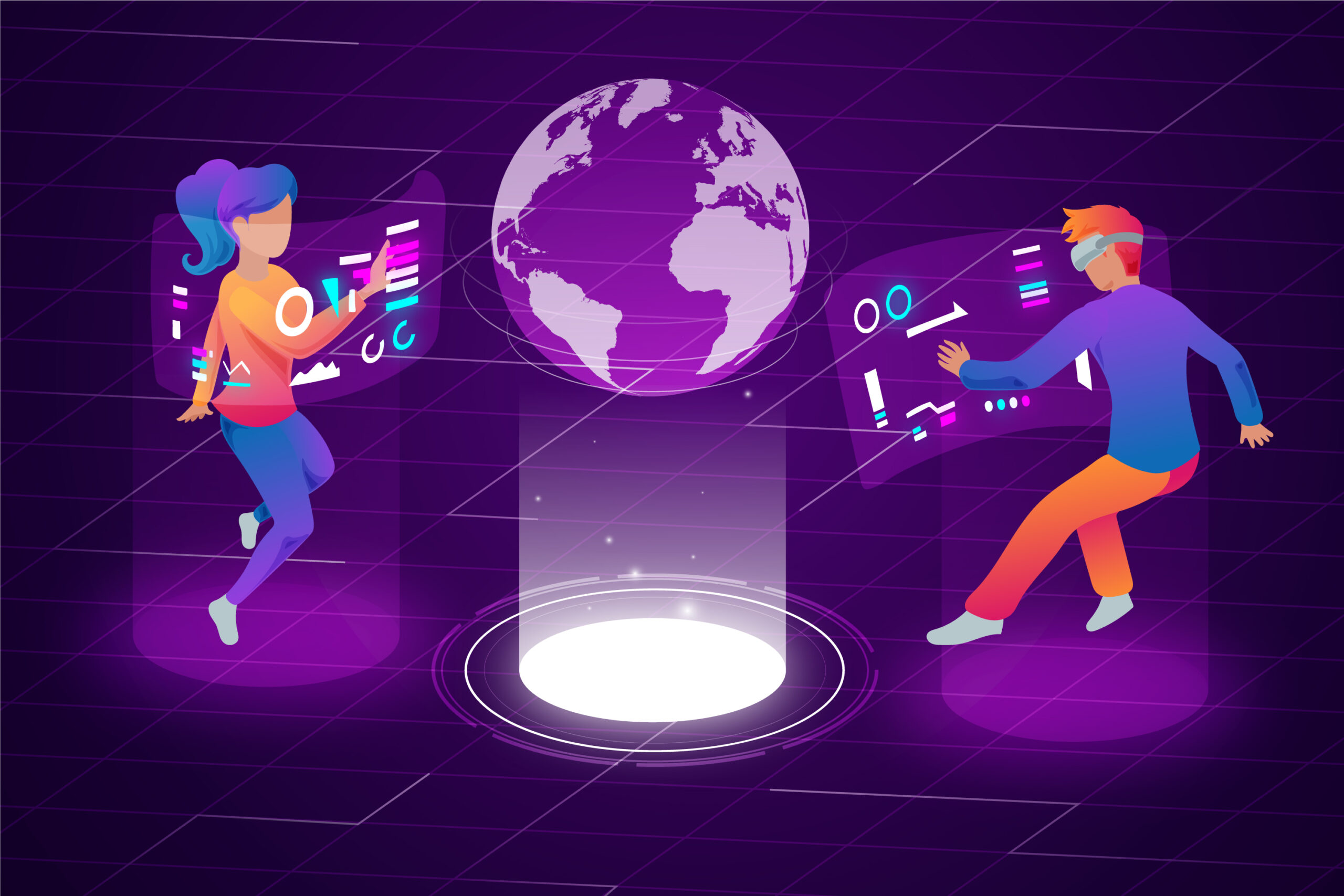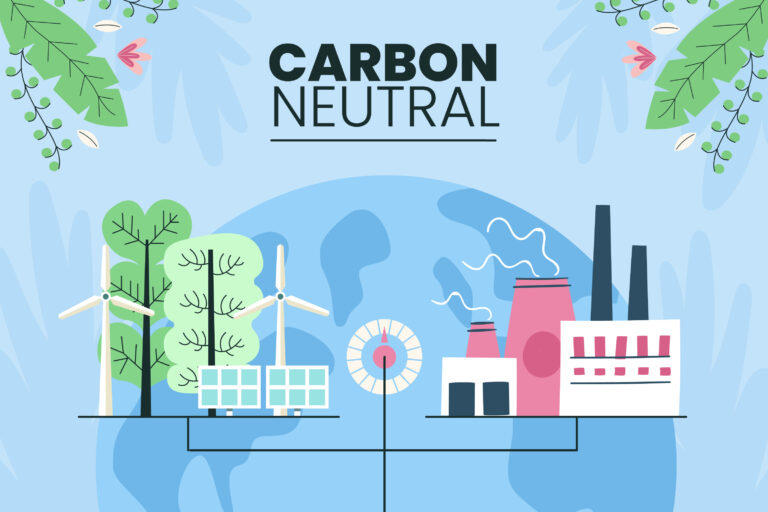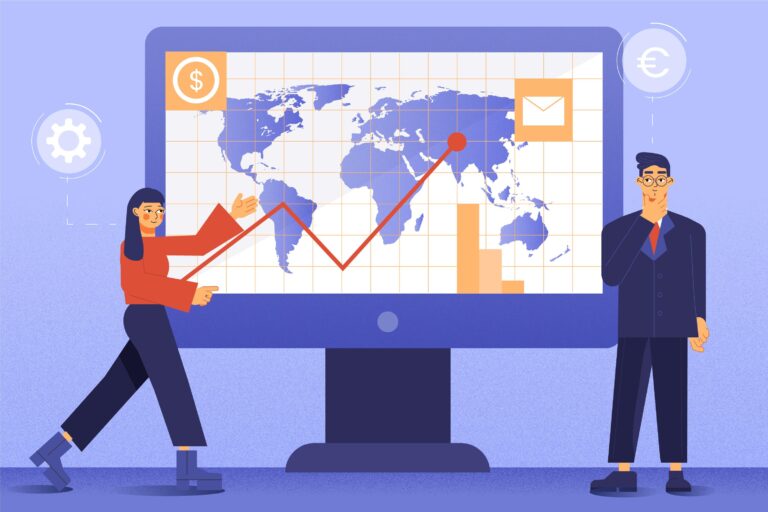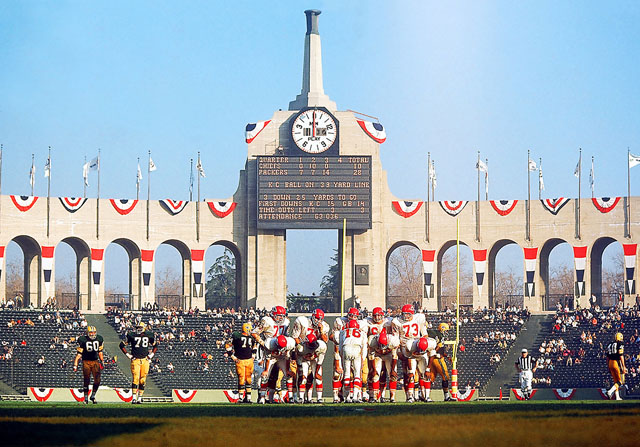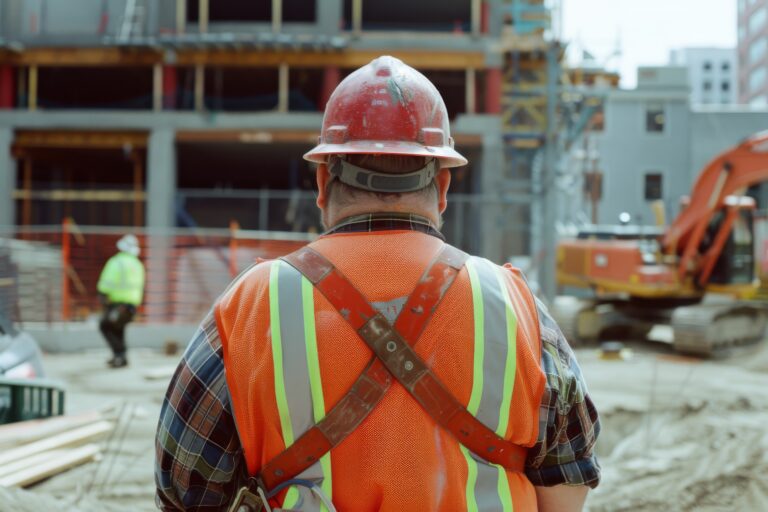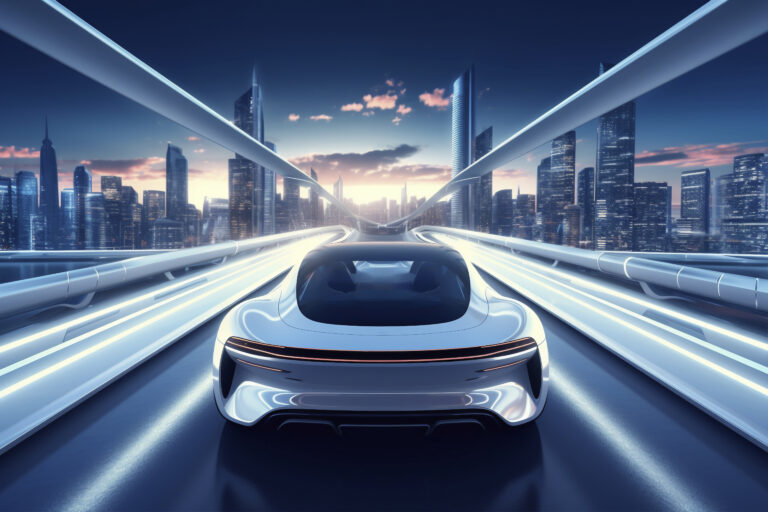How Technology is Revolutionizing the Art World
Technology is revolutionizing the art world, transforming how art is created, displayed, bought, and experienced. From digital art and virtual galleries to AIgenerated artwork and blockchainbased ownership, the fusion of technology and art is opening up exciting new possibilities. Here’s how technology is driving innovation and change in the art world.
Digital Art Creation
Digital tools and software are enabling artists to explore new mediums and techniques.
Software and Tools
- Graphic Design Software: Programs like Adobe Photoshop, Illustrator, and Procreate allow artists to create intricate digital artworks with a variety of tools and effects.
- 3D Modeling: Software like Blender and Autodesk Maya enables the creation of detailed 3D models, which can be used in digital sculptures, animations, and virtual reality experiences.
Digital Mediums
- Digital Painting: Artists can use digital brushes and canvases to paint, offering endless possibilities for experimentation without the limitations of physical materials.
- Animation and Video Art: Digital tools make it easier to create animations and video art, expanding the range of artistic expression.
Virtual and Augmented Reality
Virtual Reality (VR) and Augmented Reality (AR) are transforming how art is experienced and interacted with.
Virtual Galleries
- Immersive Exhibitions: VR allows for the creation of immersive virtual galleries where visitors can explore art in a simulated environment, regardless of their physical location.
- Accessibility: Virtual galleries make art accessible to a global audience, breaking down geographical barriers.
Augmented Reality
- Interactive Art: AR technology can overlay digital elements onto physical artworks, creating interactive experiences that engage viewers in new ways.
- Public Art Installations: AR can enhance public art installations by adding digital layers that viewers can interact with using their smartphones or AR glasses.
AI and Machine Learning
Artificial Intelligence (AI) and machine learning are influencing the creation and curation of art.
AIGenerated Art
- Creative Algorithms: AI algorithms can create original artworks, from paintings and music to poetry and prose, pushing the boundaries of creativity.
- Collaboration with Artists: Many artists are collaborating with AI to generate new ideas and incorporate machinegenerated elements into their work.
Curation and Discovery
- Personalized Recommendations: AIdriven platforms can recommend artworks to users based on their preferences, enhancing the discovery of new artists and styles.
- DataDriven Curation: Machine learning can analyze visitor data to help curators design exhibitions that better meet the interests of their audience.
Blockchain and NFTs
Blockchain technology and nonfungible tokens (NFTs) are revolutionizing the ownership and sale of digital art.
Provenance and Ownership
- Authenticity: Blockchain provides a secure and transparent way to verify the authenticity and provenance of artworks, reducing the risk of forgery.
- Smart Contracts: Smart contracts on the blockchain can automate transactions and royalties, ensuring that artists are fairly compensated for their work.
NFTs
- Digital Ownership: NFTs represent unique digital assets that can be bought, sold, and traded, enabling artists to monetize their digital creations.
- New Marketplaces: NFTplatforms like OpenSea and Rarible provide new marketplaces for artists to sell their digital works directly to collectors.
Online Platforms and Social Media
The internet and social media are democratizing access to art and providing new avenues for promotion and sales.
Online Galleries
Global Reach: Online galleries and marketplaces allow artists to reach a global audience, expanding their potential market.
Direct Sales: Artists can sell their work directly to buyers without the need for intermediaries, increasing their earnings.
Social Media Promotion
- Artist Visibility: Platforms like Instagram, TikTok, and Twitter enable artists to showcase their work, connect with fans, and build a following.
- Engagement: Social media allows for direct interaction between artists and their audience, fostering a sense of community and engagement.
Interactive and Generative Art
Interactive and generative art forms are emerging, driven by advancements in technology.
Interactive Installations
- Engagement: Interactive installations invite viewers to engage with the artwork, creating a participatory experience that can change based on audience input.
- Sensor Integration: Sensors and motion detectors can be used to create responsive artworks that react to the presence and actions of viewers.
Generative Art
- Algorithmic Art: Generative art uses algorithms to produce unique and often unpredictable results, allowing for endless variations and iterations.
- Collaboration with Nature: Some generative artists collaborate with natural processes, such as using wind or water to influence the creation of the artwork.
Conclusion Technology is profoundly revolutionizing the art world, enhancing creativity, accessibility, and interaction. Digital tools and mediums are expanding the possibilities for art creation, while VR and AR are transforming how we experience and interact with art. AI and machine learning are influencing both the creation and curation of art, and blockchain technology is revolutionizing ownership and sales. Online platforms and social media are democratizing access to art, and new forms of interactive and generative art are emerging. As technology continues to evolve, it will undoubtedly unlock even more possibilities, further enriching the art world and transforming the way we create, experience, and appreciate art. Embracing these innovations will be crucial for artists, curators, and art enthusiasts to stay at the forefront of this dynamic and everchanging landscape
